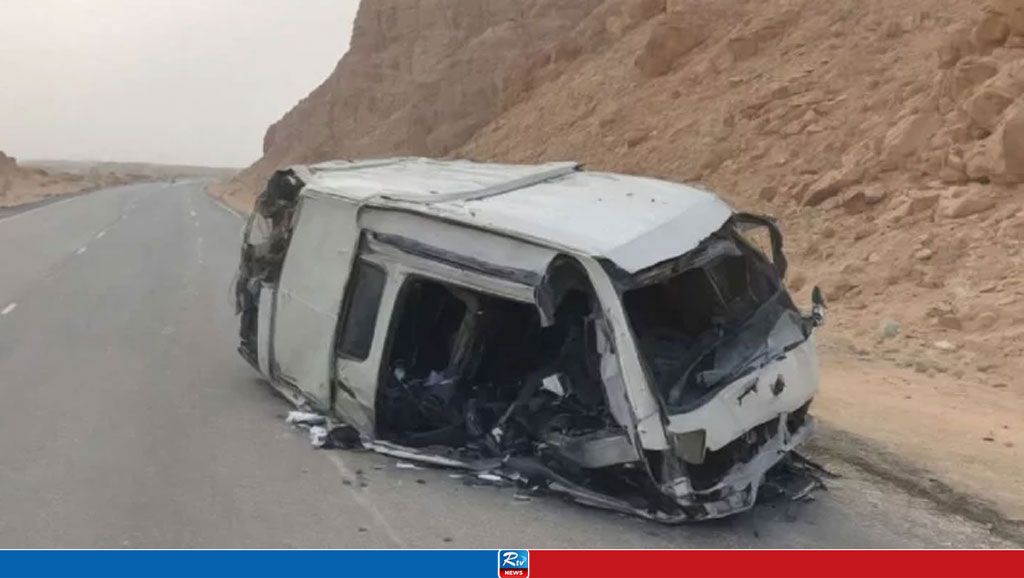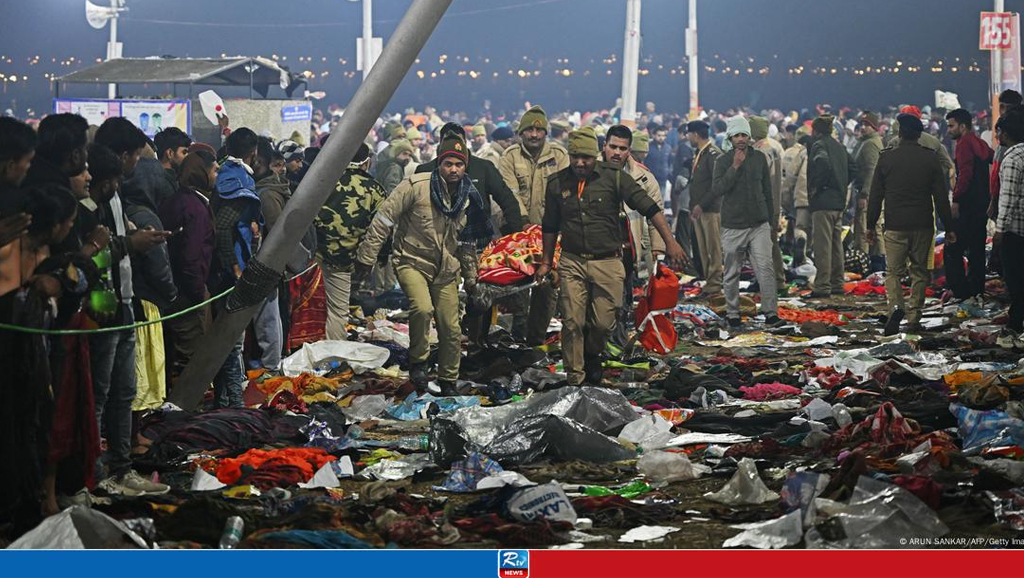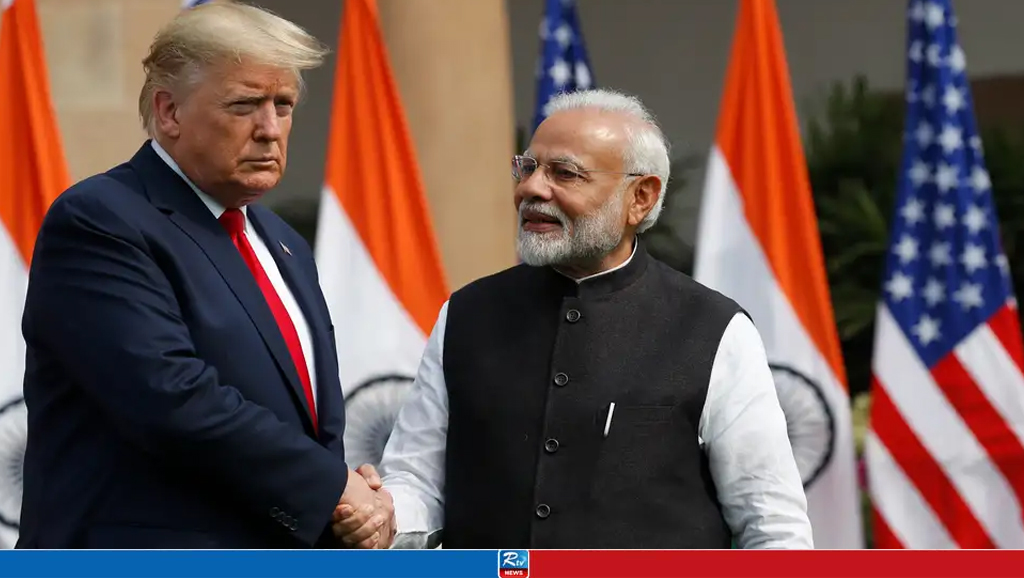Indian and American soldiers exercises hand to hand combat

For American soldiers taking part in the 18th edition of the annual Yudh Abhyas with India, the picturesque town of Auli in Uttarakhand gave them all they could hope for and more — a challenge to their abilities, a trip down memory lane to Vietnam, and dal tadka.
“It has been difficult at times. First week was definitely challenging. I was out of breath very quickly. But now that I am acclimatized, I can perform at exactly the same pace as I could at sea level,” US Army Specialist Solanka told ThePrint. The high altitude was a challenge for many of his colleagues, Solanka admitted.
That ‘getting more sunscreen would have been a wise decision’ had become a running joke among the American troops.
Over 300 US Army soldiers of 2nd Brigade of the 11th Airborne Division were in Auli, training with soldiers of the Indian Army’s Assam Regiment as part of the joint exercise which ended Friday.
As Lieutenant Sulivan summed it up, the exercise was a “once in a lifetime experience” for the American troops since none of them had experienced high-altitude operations before.
Auli is home to the Indian Army’s first high-altitude Foreign Training Node. While the base camp here is situated at about 9,400 ft above sea level, the actual validation exercise takes place at about 12,000 ft.
The idea behind the Yudh Abhyas was to increase interoperability between the two armies and to allow them to exchange best practices.
Having witnessed multiple operational tactics of Indian soldiers with decades of experience in high-altitude warfare, Solanka said: “No side is better than the other. In some cases, our tactics are better and in some instances, we are learning from the Indians.”
While only a limited number of American soldiers were officially allowed to interact with the media, ThePrint spoke to a number of US troops off the record to get an understanding of the main takeaways from the exercise.
Soldiers during rock climbing exercise | Suraj Singh Bisht | ThePrint“One thing that really amazes me is that none of the Indian soldiers here has an experience of fewer than 12 years,” an American soldier told ThePrint, while also pointing out that the US Army is a volunteer force. A second soldier explained, “Our contracts are renewed every four or five years if we choose to stay.”
What the American soldiers found most fascinating was a display of freehand combat by Indian troops and trap lanes in jungle warfare.
“We rely a lot on technology and modern equipment. The Indian soldiers are hardy and they fight the way our earlier soldiers did,” said another American soldier, narrating what he saw as the difference in combat techniques of the two armies.
The soldier was referring to the trap lane set up in Auli for the exercise during which soldiers of the Assam Regiment showcased how booby traps can be laid by digging holes with nails in the bottom or pointed bamboo.
Indian soldiers engaged in free hand combat | Suraj Singh Bisht | ThePrint“This is like the Vietnam war our earlier soldiers fought,” quipped another American soldier.
Asked to picture a scenario wherein they might have to fight an adversary in jungle terrain, he responded: “Exactly why we are here. Learning best practices.”
Talking about the display of freehand combat by the Assam Regiment soldiers, Staff Sergeant Erricson said in a lighter vein, “We definitely don’t want to do hand-to-hand combat with these soldiers.”.
Of the other soldiers who spoke to ThePrint, one said that while they are also taught free-hand combat skills, any such actual combat is unlikely.
Reminded about the Galwan incident when Indian and Chinese troops reportedly fought with bare hands, the soldiers wondered why no firearms were used.
Source: The Print
Comments
UNGA President, Dr. Khalilur Rahman Discuss 2025 Rohingya Conference
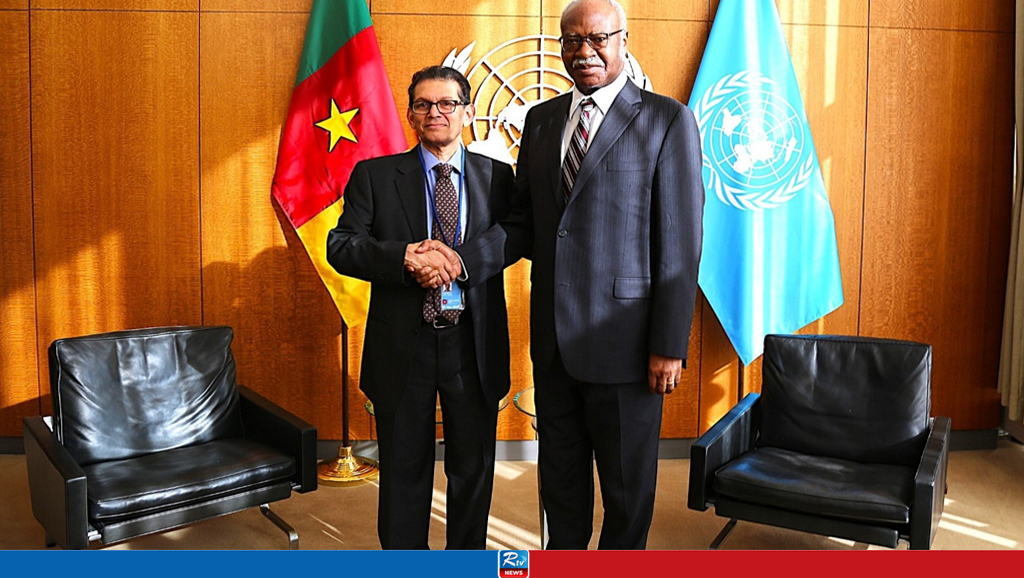
BSF Reports: / Muslims, Not Hindus, Flocked to India from Bangladesh After August
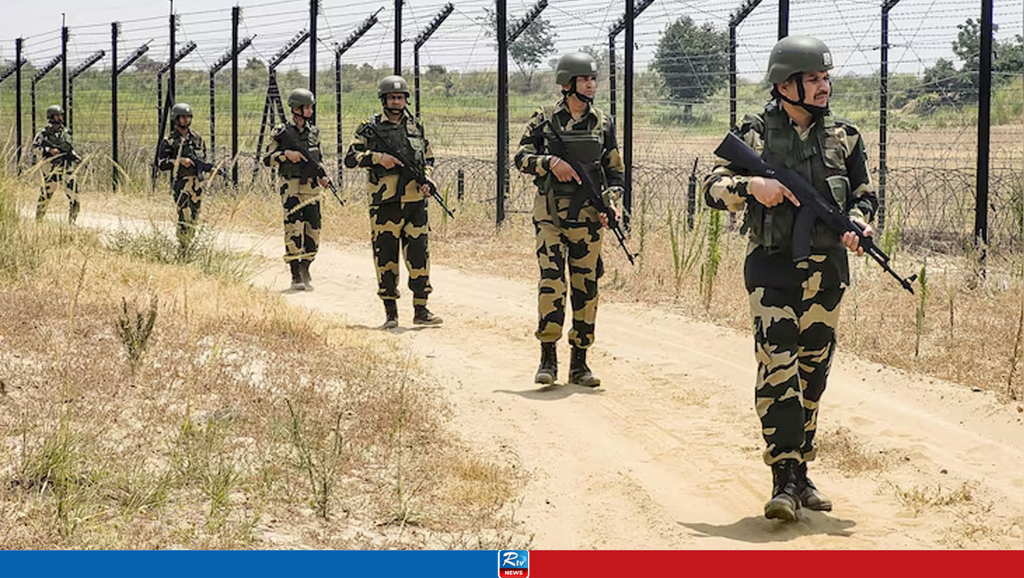
Pakistani Girls from Dawoodi Bohra community Continue to Grapple with Secretive Practice of FGM: Report

Pakistan Hikes Petrol, Diesel Prices Amid Public Outcry over Inflation

13 Soldiers Killed in Armed Attacks, BLA and BLF Claim Responsibility
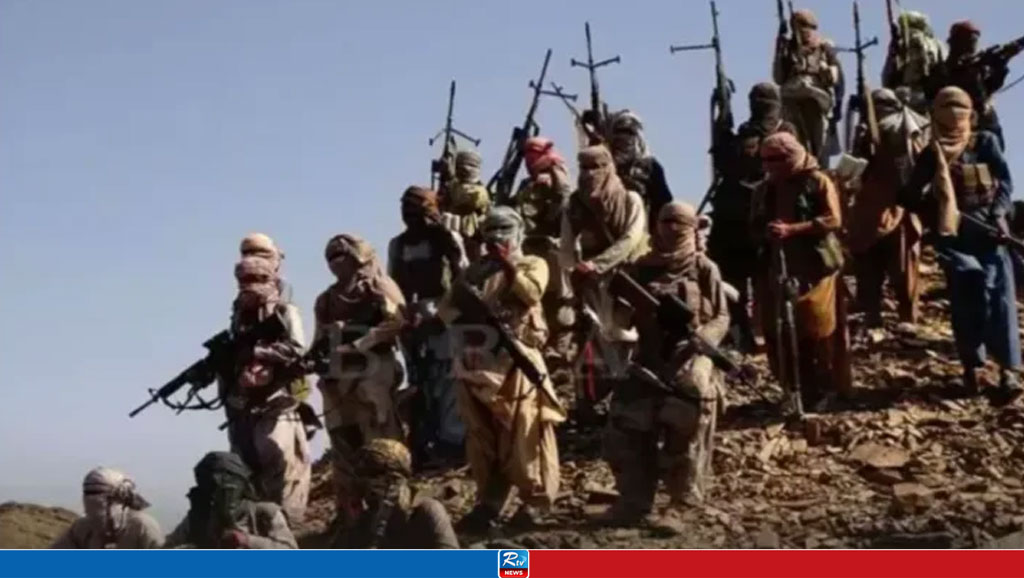
Gold Prices Surge to Two-Week High, Reasons Revealed

Thousands Evacuate over Volcanic Eruption Fears in Ethiopia
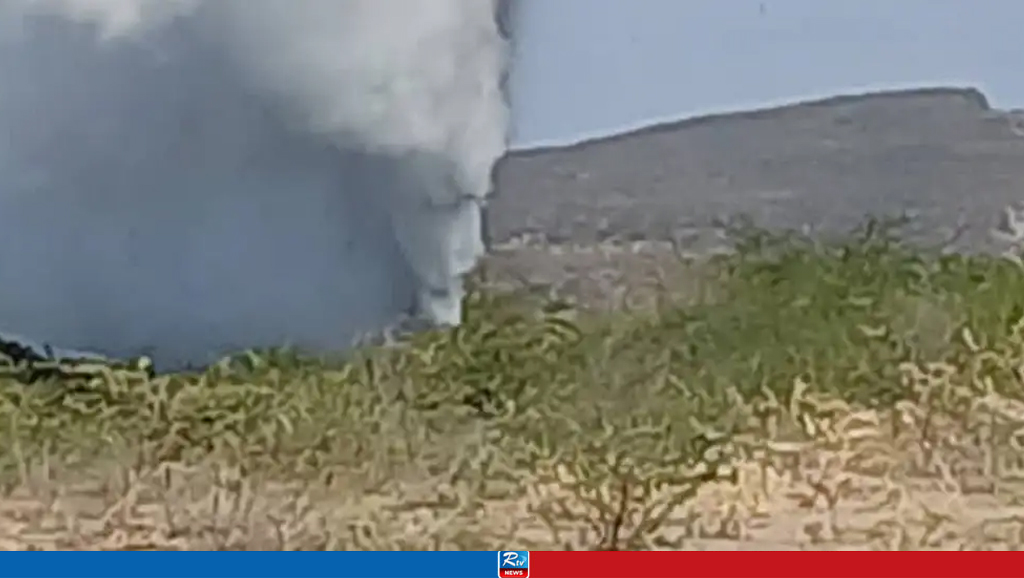

 Live Tv
Live Tv

